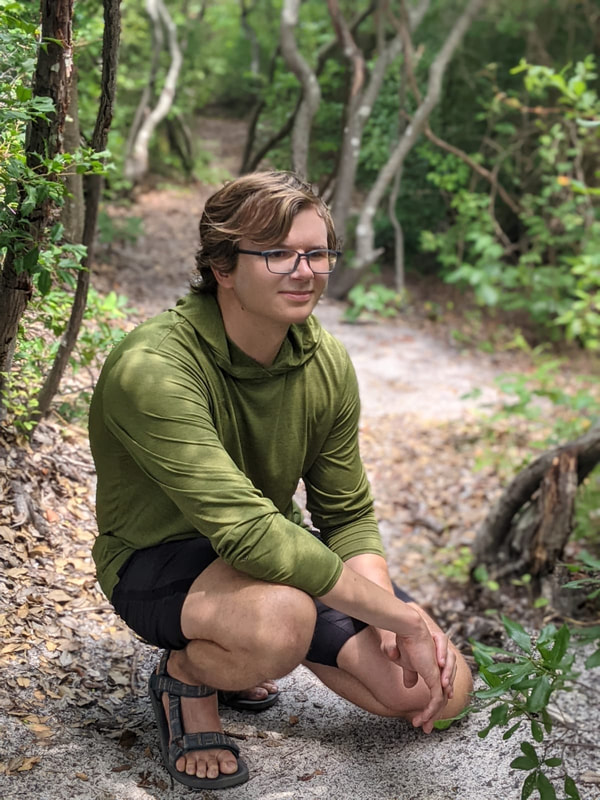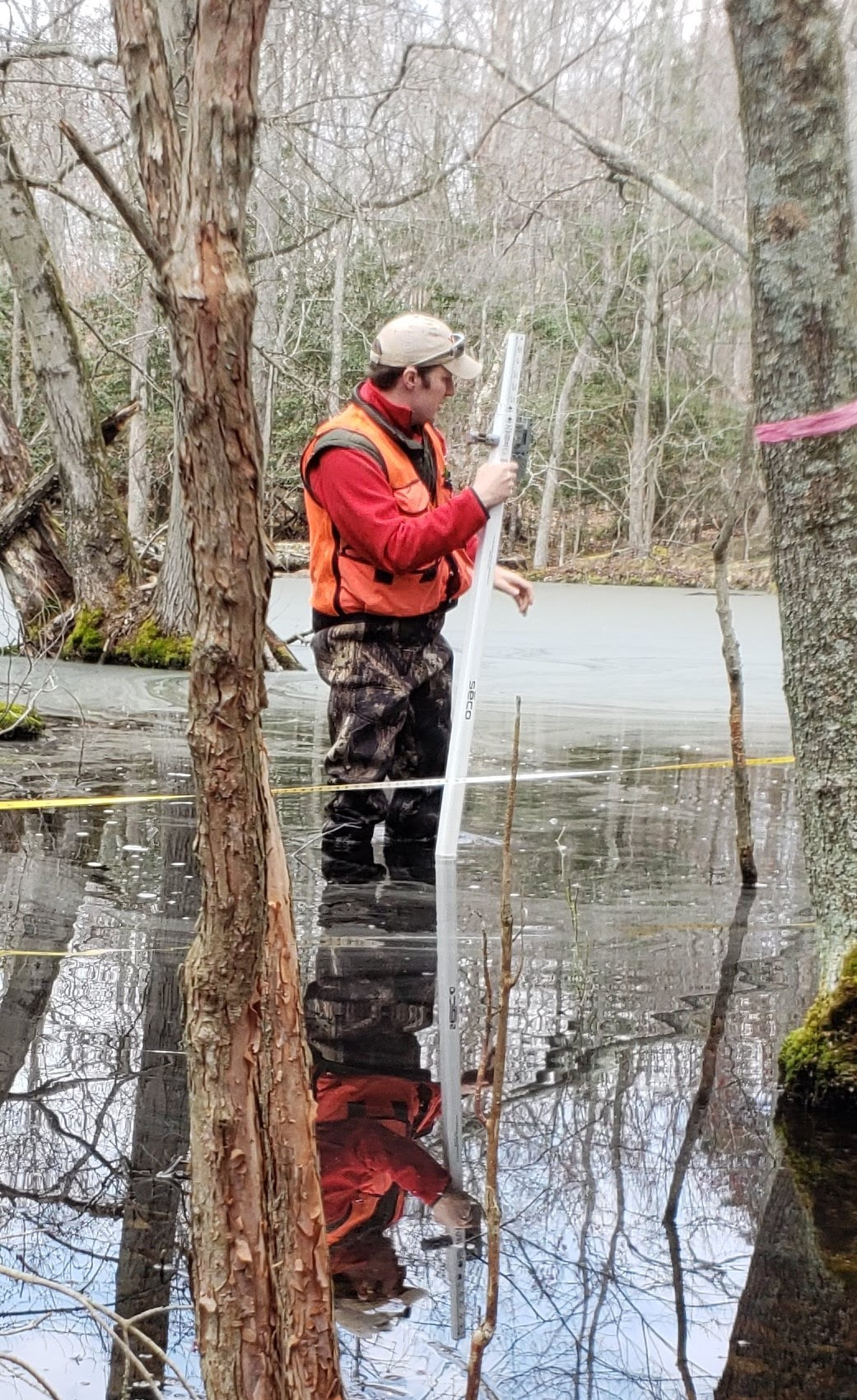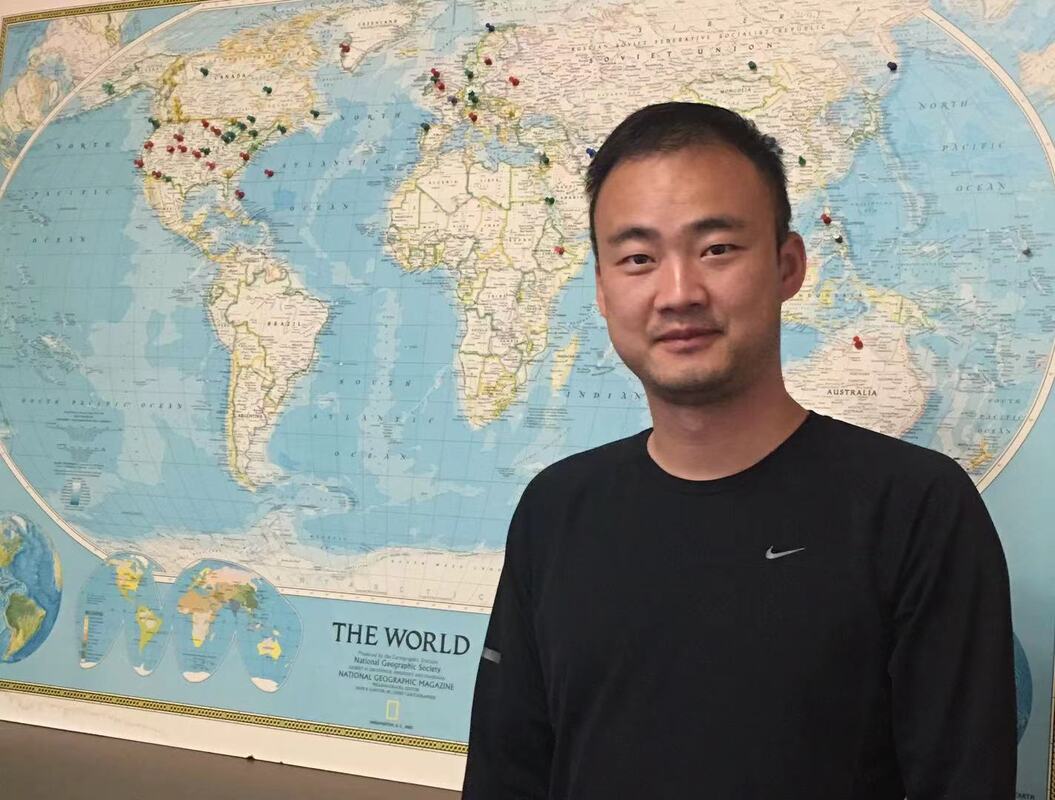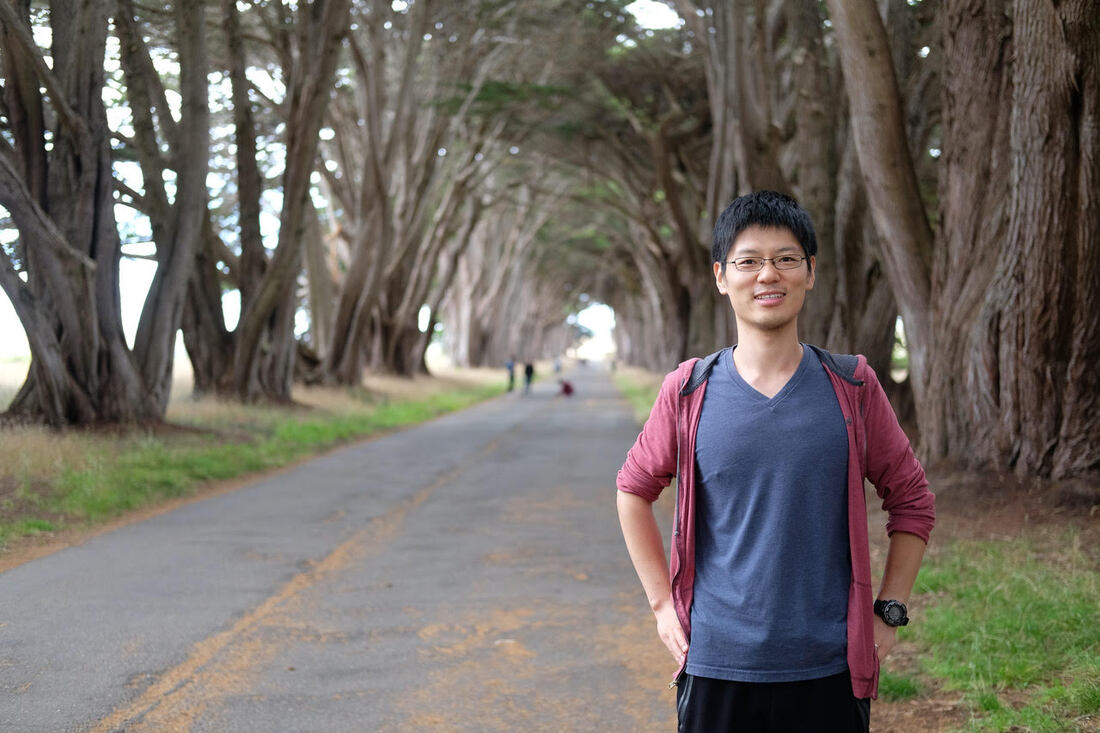Ecohydrology is an interdisciplinary field that aims to better understand (1) the hydrological factors determining the natural development of ecosystems, often vascular vegetation, especially in regard of their functional value (e.g. diversity, structure, carbon storage, energy and gas fluxes), (2) the biological and ecological factors determining the movement, distribution, and management of water, and (3) their feedbacks. My personal focus in ecohydrology looks to how plants regulate and couple the water and carbon cycles through mechanistic modeling of plants’ water-uptake, transpiration, carbon assimilation, and growth. For plants, water- and carbon-use are intrinsically linked.
What are your undergraduate and graduate degrees in?
BS, Civil and Environmental Engineering, Virginia Tech
MS, Geotechnical Engineering, University of Texas at Austin
PhD, Earth and Planetary Sciences, Rutgers University
How did you arrive at working in/thinking about ecohydrology?
Prior to my doctoral experience, my Masters studies focused on soil physics, vadose zone hydrology, and unsaturated soil mechanics. These scientific disciplines would eventually ease my transition into ecohydrology and plant hydraulics (the study of water transport through plants). Of course, soil water is the lower boundary condition for plant water-use, and less obviously, the mathematics of water transport through soils is virtually identical to that through plants’ vasculature. I began formally thinking about ecohydrology during my second year as a PhD student working with my advisor, Dr. Ying Fan. I decided to build upon her research of hydrologically-mediated rooting depth by studying the biological constraints on root growth. After reviewing the literature, however, I realized that root growth could not be considered separately from the whole plant. Water-and carbon-transport between all organs determine the multiple limiting factors on growth. Meanwhile, plants develop growth strategies unique to their hydrological environment that can compensate for these limitations. Hence, plant water-use, carbon-use, and growth became a unifying paradigm for me to understand and predict ecosystem response to environmental change.
What do you see as an important emerging area of ecohydrology?
I see plant water storage (hydraulic capacitance) as a relatively unexplored factor for hydrological fluxes, plant functioning, ecosystem resilience to drought, and forest mortality that has begun its advent. Transpiration can be sourced from water storage when evaporative demand exceeds supply, and thus storage impacts hydrological fluxes. Similarly, recent studies have explored the loss of water storage as a predictor of plant mortality and have hypothesized water storage to be involved in the mixing of stable isotope tracers. Presumably, plants with larger water storage may initially transpire more aggressively than their counterparts with less storage under water-stress. I interpret the emergence of plant water storage as a shift to a whole-plant perspective on water-use, particularly because it emphasizes the role of the phloem or inner bark, where most plant water is stored, and which have typically not been considered in the past when formulating hypotheses.
Do you have a favorite ecohydrology paper? Describe/explain.
I greatly admire Buckley & Roberts’ (2006) “DESPOT, a process-based tree growth model that allocates carbon to maximize carbon gain” (https://doi.org/10.1093/treephys/26.2.129). Since reading it first several years ago, I continue to revisit it regularly, including its appendix. It revealed to me how the complex web of plant mechanisms (e.g. xylem sap-flow, transpiration, light interception, photosynthesis, stomatal behavior, plant size-mediated hydraulic conductance, nutrient partitioning) can be neatly expressed in a relatively simple, consistent framework.
What do you do for fun (apart from ecohydrology)?
I read indie comics and pulp science fiction, watch poorly-budgeted horror films, play Dungeons and Dragons, enthusiastically collect music (favorites including Krautrock, emo, post-punk, and power-pop), see live music (at least pre-COVID), and shred on lead guitar (and occasionally scream) in bands. In the past year, my partner has introduced me to outdoor activities, particularly kayaking.




 RSS Feed
RSS Feed